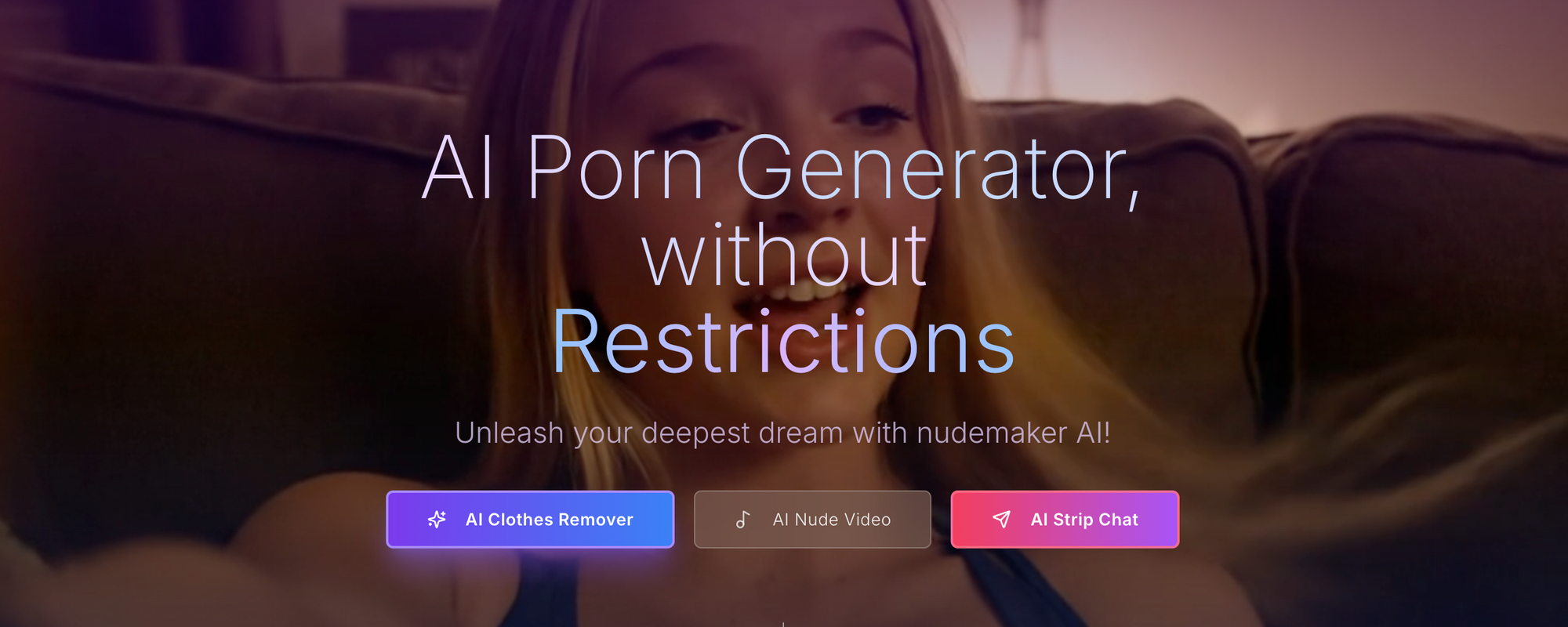
Introduction
The intersection of artificial intelligence (AI) and image generation has led to remarkable advancements in creating synthetic images, including those of celebrities like Kelsey Asbille. AI models like DALL-E 2, Stable Diffusion, and Midjourney can generate images based on textual descriptions, opening up new possibilities in art, entertainment, and other fields. However, this topic raises significant ethical, legal, and technical considerations that warrant a thorough exploration.
Understanding AI Image Generation
AI image generation typically relies on Generative Adversarial Networks (GANs) or transformer-based models. These models learn patterns from large datasets and can generate new, synthetic images based on textual descriptions or existing images. For instance, given a prompt like "Kelsey Asbille in a futuristic cyberpunk cityscape," the AI can create an image that matches this description.


Ethical Concerns
Consent and Privacy
The primary ethical concern is the lack of consent from the subject, Kelsey Asbille, in this case. AI models can create highly realistic images, which could be misused to invade privacy or create deepfakes for malicious purposes. It's crucial to remember that while AI can generate images, it cannot grant consent. Therefore, creating and distributing such images without explicit permission is a violation of privacy and ethical norms.
Objectification and Sexualization
The use of AI to generate nude or sexualized images of public figures like Kelsey Asbille can contribute to their objectification. This is particularly concerning given the prevalence of online harassment and sexual exploitation of women in digital spaces. Even if the AI model generates images that are not explicitly sexual, the act of generating and distributing such images without consent can be seen as objectifying and disrespectful.
Cultural Appropriation and Exploitation
AI-generated images can also perpetuate harmful stereotypes or contribute to cultural appropriation. While Kelsey Asbille is a public figure, it's essential to consider the cultural context and avoid generating images that exploit or disrespect her heritage or identity.


Legal Considerations
Right to Publicity and Defamation
In many jurisdictions, including California, where Kelsey Asbille resides, individuals have the right to control the commercial use of their name, image, and likeness. Generating and distributing AI images without consent could potentially violate this right. Moreover, if these images are used to defame or harass the individual, they could also lead to defamation lawsuits.
Copyright and Fair Use
AI-generated images are typically considered original works, with the AI model's creators holding the copyright. However, the use of these images could potentially infringe upon the copyright of the original image or artwork that the AI was trained on. The fair use doctrine might apply in some cases, but this is a complex area of law that varies by jurisdiction.
Technical Limitations
While AI can generate remarkably realistic images, they are not perfect. Some limitations include:
Lack of Authenticity: AI-generated images often lack the subtleties and nuances of real photographs, making them discernible to the trained eye.
Bias and Stereotypes: AI models can perpetuate and amplify existing biases in their training data, leading to stereotypical or inaccurate representations. For example, the model might generate images that reinforce Eurocentric beauty standards or perpetuate racial stereotypes.
Computational Resources: Generating high-quality images requires significant computational resources, which can be a barrier to entry for many users.
Responsible AI Use
To mitigate these concerns, it's essential to promote responsible AI use:
Obtain Consent: Always seek explicit consent from the subject before generating and distributing their image.
Respect Cultural Context: Be mindful of cultural sensitivities and avoid perpetuating stereotypes or contributing to cultural appropriation.
Avoid Sexualization: Refrain from generating nude or sexualized images without explicit consent and a clear artistic or educational purpose.
Transparency: Be transparent about the AI generation process and the limitations of the technology.
Case Studies
Let's examine two case studies to illustrate these principles:
Deepfake Pornography: The use of AI to generate non-consensual intimate images, or "deepfake pornography," has become a significant concern. These images are often used to harass, exploit, and humiliate individuals, typically women. The creators of these images often violate the subjects' privacy and consent rights.
AI-Generated Art: Artists like Robbie Barrat and Beeple have used AI to create art, often with explicit consent from their subjects. Their work demonstrates that AI can be used ethically and creatively. For instance, Robbie Barrat's AI-generated portrait of Kanye West was created with West's consent and used for an artistic purpose.
Generating AI Images of Kelsey Asbille: A Step-by-Step Guide
While this article emphasizes the ethical and legal considerations surrounding AI-generated images, it's also essential to understand the technical process. Here's a step-by-step guide using the Stable Diffusion model:
Install the necessary software: Stable Diffusion is a Python-based model that requires a stable internet connection and a powerful GPU for real-time image generation. You'll need to install Python, pip, and the necessary libraries, as well as a GPU-compatible version of Stable Diffusion.
Understand the model's capabilities: Stable Diffusion can generate a wide range of images based on textual descriptions, or "prompts." It can create images of people, landscapes, animals, and more. However, it's essential to understand the model's limitations and biases.
Create a prompt: To generate an image of Kelsey Asbille, you might use a prompt like "A realistic portrait of Kelsey Asbille in a serene forest, with warm, natural lighting." The more specific and detailed your prompt, the better the generated image will match your vision.
Generate the image: Using the Stable Diffusion model, input your prompt and let the model generate the image. You can adjust the number of inference steps and guidance scale to control the image's quality and diversity.
Refine the image: Once you have a generated image, you can use the model's "img2img" feature to refine it based on your feedback. For example, you might ask the model to "Make the lighting more dramatic" or "Change Kelsey Asbille's hairstyle."
Export and use the image: Once you're satisfied with the generated image, you can export it and use it for your intended purpose, provided you have the necessary rights and consents.
Ethical Considerations in Action
Throughout this process, it's crucial to keep the ethical considerations in mind. Here's how you might apply them to this scenario:
Consent: Before generating and distributing the image, seek explicit consent from Kelsey Asbille or her representatives. This could be in the form of a signed release or a verbal agreement.
Respect Cultural Context: Be mindful of Kelsey Asbille's cultural background and avoid generating images that exploit or disrespect her heritage or identity.
Avoid Sexualization: Unless there's a clear artistic or educational purpose, avoid generating nude or sexualized images without explicit consent.
Transparency: Be transparent about the AI generation process and the limitations of the technology. For example, you might include a disclaimer with the image stating that it was generated using AI.
Conclusion
AI-generated images of celebrities like Kelsey Asbille raise complex ethical, legal, and technical issues. While AI offers immense creative potential, it's crucial to use this technology responsibly and ethically. This means obtaining consent, respecting cultural contexts, avoiding objectification, and being transparent about the AI generation process.
As AI continues to evolve, so too will the guidelines and regulations surrounding its use. It's essential for policymakers, technologists, and users to engage in ongoing dialogue to ensure that AI is used for the benefit of all, rather than to the detriment of individual privacy, cultural integrity, and human dignity.